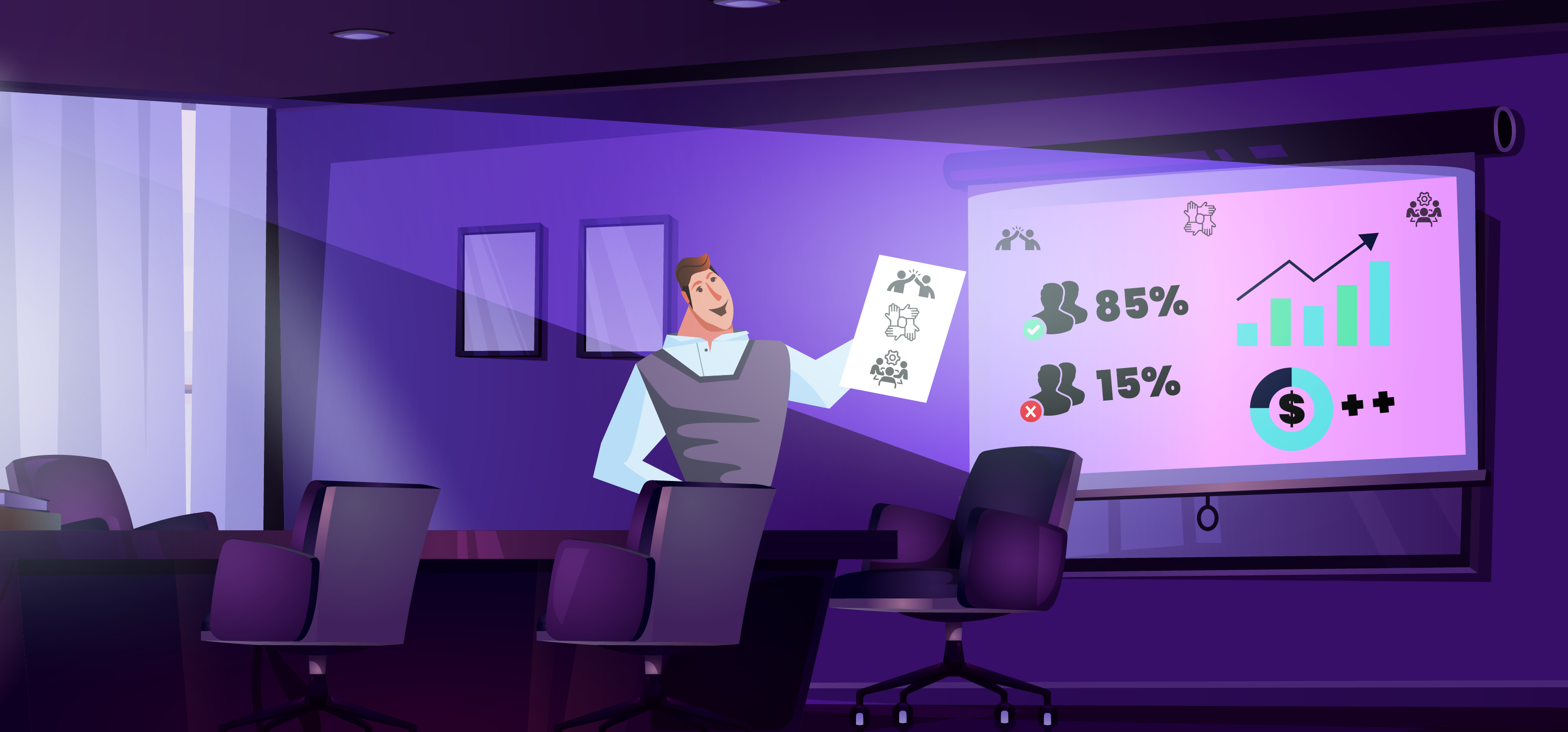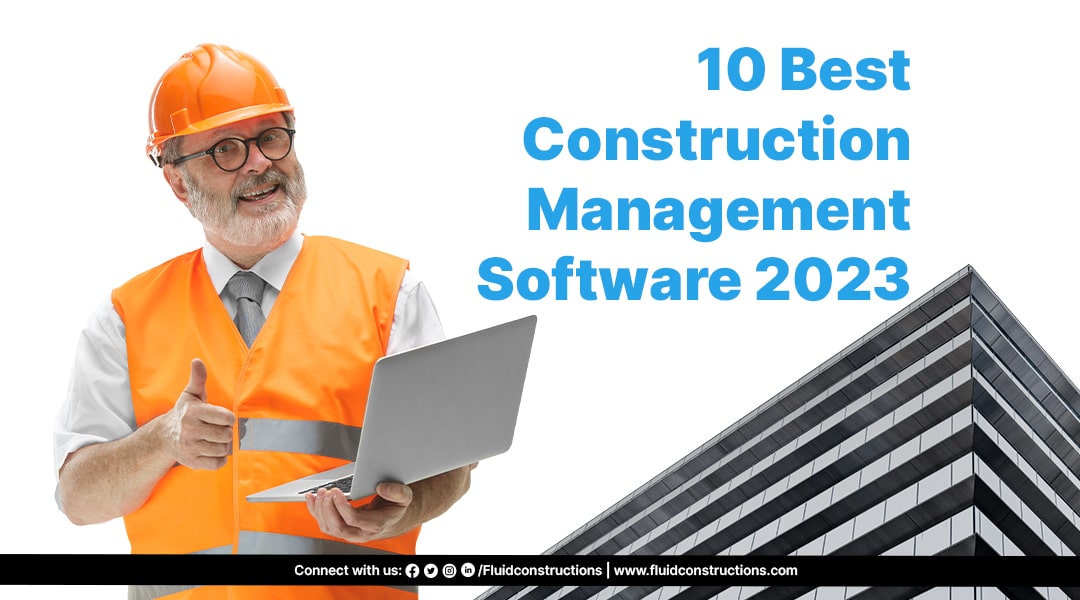Hey there, tech-savvy friend! If you're diving into the world of IoT (Internet of Things) and wondering what the best remote IoT management software is, you're not alone. In today's fast-paced digital era, managing IoT devices remotely has become a necessity rather than a luxury. Whether you're a small business owner or a tech enthusiast, having the right tools in place can make all the difference. So, buckle up, because we're about to break it down for you in a way that's both informative and easy to digest.
Managing IoT devices from afar is no longer just a cool feature—it’s a game-changer. Picture this: you’re running a smart home business, and your customers expect seamless integration and control over their devices without lifting a finger. That’s where remote IoT management software comes in. It’s like having a virtual assistant that keeps everything running smoothly, 24/7.
Now, you might be thinking, “What’s so special about these tools?” Well, the answer lies in their ability to streamline operations, enhance security, and provide real-time insights. From agriculture to healthcare, industries across the board are leveraging IoT technology to boost efficiency and productivity. But choosing the right software can feel overwhelming, especially with so many options on the market. Don’t worry—we’ve got you covered!
Read also:Kate Harrison The Ultimate Guide To Her Career Personal Life And Impact
Why RemoteIoT Management Software Matters
Let’s dive into the nitty-gritty of why remote IoT management software is a must-have for modern businesses. First off, it simplifies device management by allowing you to monitor, configure, and troubleshoot IoT devices from anywhere in the world. No more physical site visits or manual updates—everything can be done with just a few clicks.
Moreover, these platforms offer robust security features to protect your data and devices from potential threats. With cyberattacks becoming more sophisticated, having a secure management system is crucial. And let’s not forget the cost savings! By automating routine tasks and reducing downtime, you can allocate resources more efficiently and focus on growing your business.
Top Features to Look For
When shopping around for the best remote IoT management software, here are some key features to keep in mind:
- Device Monitoring: Real-time tracking of device performance and health metrics.
- Remote Updates: Over-the-air firmware and software updates to keep your devices up-to-date.
- Security Protocols: Encryption, authentication, and other safeguards to protect sensitive data.
- Scalability: Ability to handle a growing number of devices without compromising performance.
- Analytics & Reporting: Insights into device usage patterns and performance trends.
These features ensure that your IoT ecosystem runs like a well-oiled machine, giving you peace of mind and control at your fingertips.
The Best RemoteIoT Management Software Options
Now that we’ve covered the basics, let’s take a look at some of the top contenders in the remote IoT management software space. Each of these platforms brings something unique to the table, so it’s important to evaluate them based on your specific needs and budget.
1. AWS IoT Core
AWS IoT Core is a powerful cloud-based platform offered by Amazon Web Services. It allows you to securely connect and manage billions of IoT devices at scale. With features like device shadows, message routing, and analytics integration, AWS IoT Core is a favorite among enterprises looking for a comprehensive solution.
Read also:Bradley Steven Perry Rising Star In The Entertainment World
2. Microsoft Azure IoT Hub
Microsoft Azure IoT Hub is another robust option for managing IoT devices remotely. It offers features like device provisioning, message routing, and device twins, making it a versatile choice for businesses of all sizes. Plus, its seamless integration with other Azure services adds extra value.
3. Google Cloud IoT Core
Google Cloud IoT Core is a cloud-based platform designed to simplify IoT device management. It provides features like device authentication, data ingestion, and analytics integration, all powered by Google’s cutting-edge technology. If you’re already using Google Cloud services, this might be the perfect fit for you.
4. ThingWorx
ThingWorx by PTC is an industrial IoT platform that focuses on connectivity, analytics, and augmented reality. It’s ideal for manufacturers and industrial businesses looking to optimize their operations through IoT technology.
5. IBM Watson IoT Platform
IBM Watson IoT Platform is a data-driven solution that leverages AI and machine learning to provide actionable insights. It’s perfect for businesses that want to unlock the full potential of their IoT data.
How to Choose the Right Software
Selecting the best remote IoT management software depends on several factors, including your business goals, budget, and technical requirements. Here’s a step-by-step guide to help you make an informed decision:
- Identify Your Needs: Start by outlining the specific challenges you want to address with IoT technology.
- Set a Budget: Determine how much you’re willing to spend on software and related services.
- Evaluate Features: Compare the features offered by different platforms and prioritize the ones that matter most to you.
- Check Compatibility: Ensure the software is compatible with your existing systems and devices.
- Read Reviews: Look for user reviews and case studies to gauge the platform’s performance in real-world scenarios.
By following these steps, you’ll be able to narrow down your options and choose a solution that aligns with your business objectives.
Benefits of Using RemoteIoT Management Software
Implementing remote IoT management software comes with a host of benefits that go beyond just convenience. Here’s a closer look at what you can expect:
Increased Efficiency
Automation is the name of the game when it comes to remote IoT management. By automating routine tasks like software updates and device monitoring, you can free up valuable time and resources for more strategic initiatives.
Enhanced Security
With remote IoT management software, you can implement advanced security protocols to safeguard your devices and data from cyber threats. Features like encryption, authentication, and access control ensure that your IoT ecosystem remains secure.
Cost Savings
Reducing downtime and minimizing the need for physical site visits can lead to significant cost savings. Plus, many platforms offer scalable pricing models, allowing you to pay only for the features you need.
Data-Driven Insights
Remote IoT management software provides valuable insights into device performance and usage patterns. This data can help you make informed decisions and optimize your operations for better results.
Challenges and Considerations
While remote IoT management software offers numerous advantages, there are also some challenges to keep in mind. One of the biggest concerns is security. As more devices are connected to the internet, the attack surface for cybercriminals expands. It’s crucial to choose a platform that prioritizes security and regularly updates its protocols to stay ahead of emerging threats.
Another consideration is compatibility. Not all platforms support every type of device or protocol, so it’s important to ensure that the software you choose works seamlessly with your existing infrastructure. Additionally, some platforms may require specialized knowledge or training to use effectively, so factor that into your decision-making process.
Case Studies and Success Stories
To give you a better idea of how remote IoT management software can transform businesses, let’s take a look at a few real-world examples:
Case Study 1: Smart Agriculture
Agricultural company XYZ implemented AWS IoT Core to manage its network of smart sensors and drones. The platform allowed them to monitor soil moisture levels, weather conditions, and crop health in real-time, leading to a 20% increase in yield and a 15% reduction in water usage.
Case Study 2: Smart Cities
A city government used Microsoft Azure IoT Hub to manage its smart lighting and traffic management systems. The platform enabled them to optimize energy consumption and reduce traffic congestion, resulting in significant cost savings and improved quality of life for residents.
Future Trends in RemoteIoT Management
As technology continues to evolve, so does the field of remote IoT management. Here are some trends to watch out for:
Edge Computing
Edge computing is becoming increasingly popular as a way to process data closer to the source, reducing latency and improving performance. Many remote IoT management platforms are incorporating edge computing capabilities to enhance their offerings.
Artificial Intelligence
AI and machine learning are being used to analyze IoT data and provide predictive insights. This allows businesses to anticipate issues before they occur and take proactive measures to address them.
5G Connectivity
The rollout of 5G networks is expected to revolutionize IoT by enabling faster and more reliable connections. This will open up new possibilities for remote IoT management, particularly in industries like healthcare and transportation.
Conclusion
Choosing the best remote IoT management software can seem daunting, but with the right approach, it’s a task that can be tackled with confidence. From simplifying device management to enhancing security and providing valuable insights, these platforms offer a wide range of benefits that can help your business thrive in the digital age.
So, what are you waiting for? Take the first step towards transforming your IoT operations by exploring the options we’ve discussed. And don’t forget to share your thoughts and experiences in the comments below—we’d love to hear from you!
Table of Contents
Introduction
Why RemoteIoT Management Software Matters
Top Features to Look For
The Best RemoteIoT Management Software Options
How to Choose the Right Software
Benefits of Using RemoteIoT Management Software
Challenges and Considerations
Case Studies and Success Stories
Future Trends in RemoteIoT Management
Conclusion


